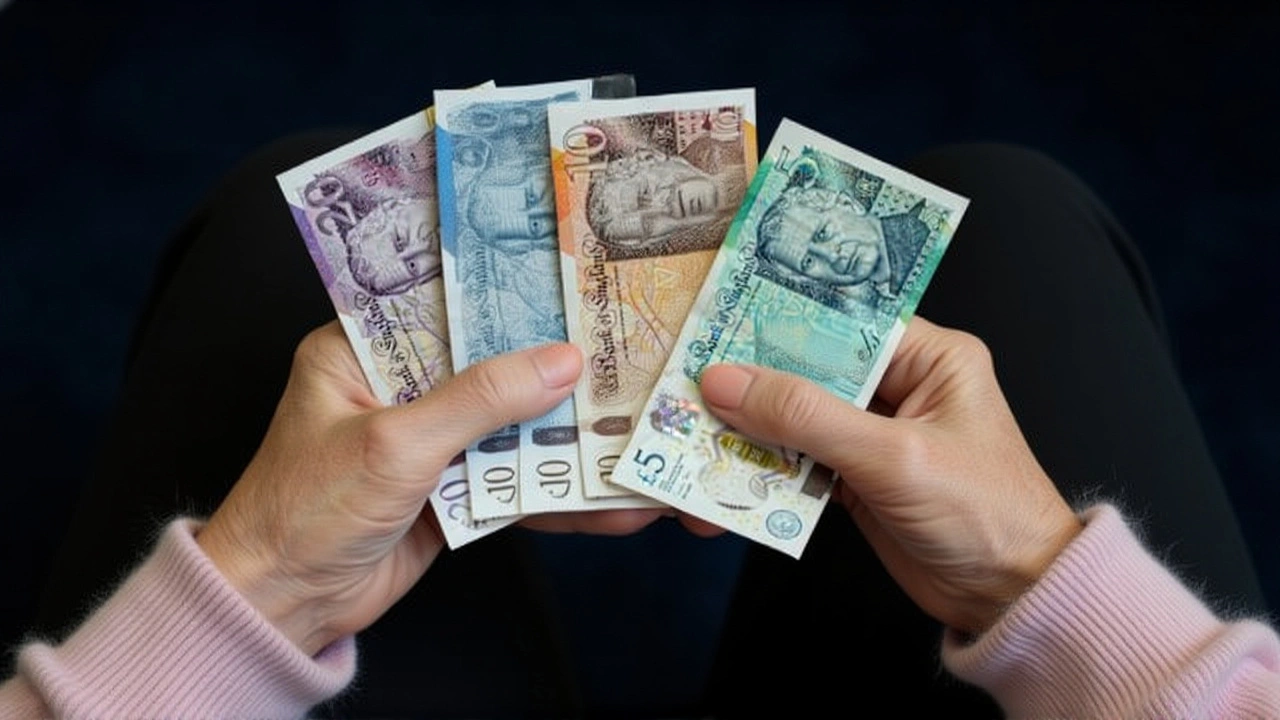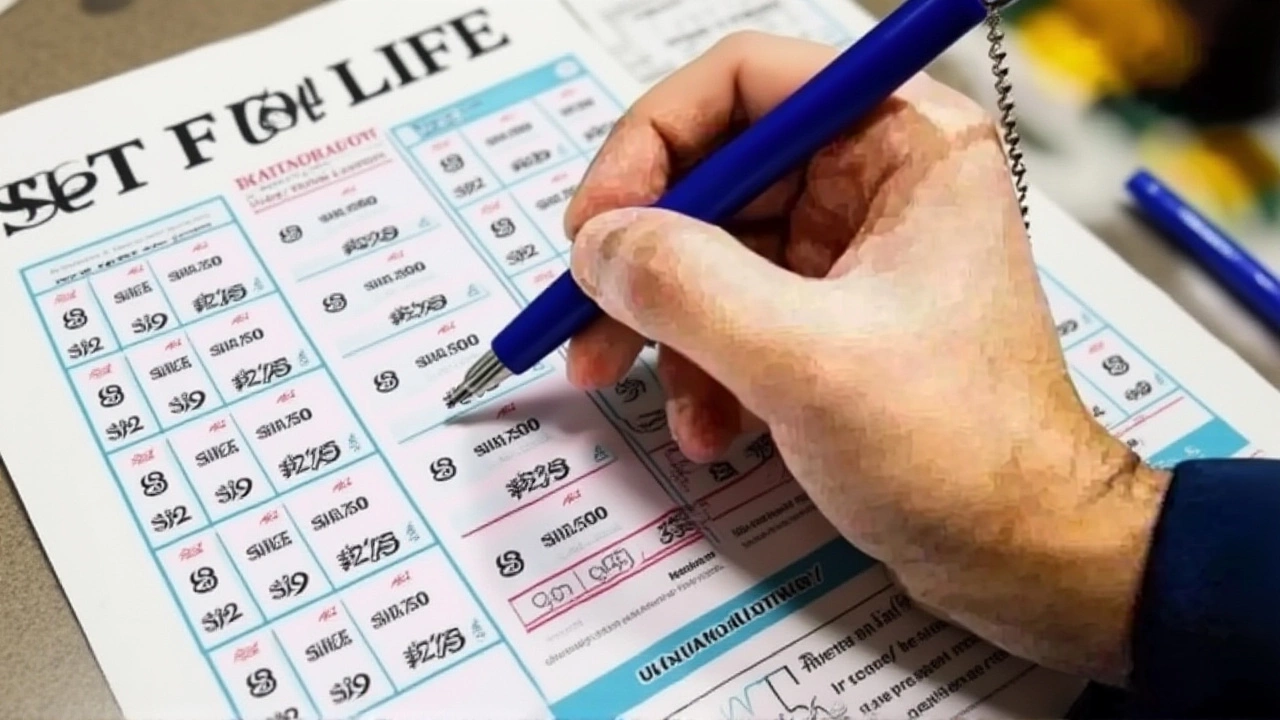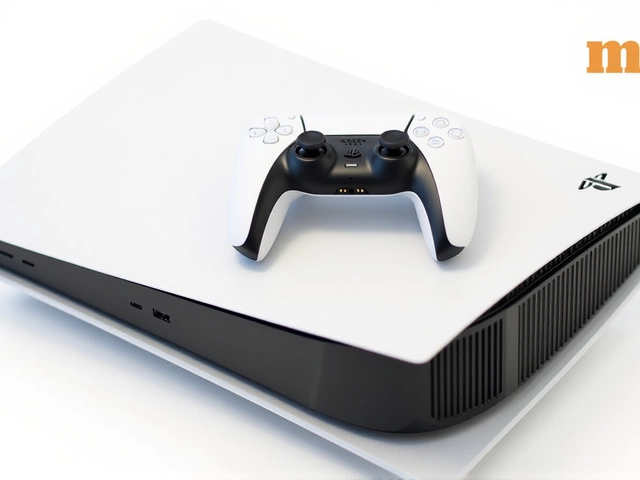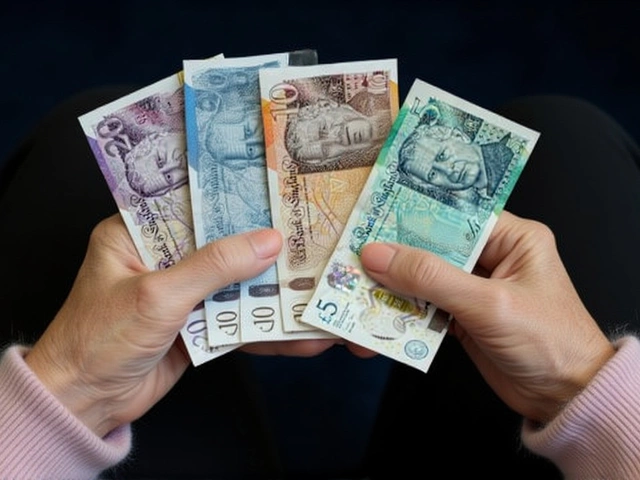Business Insights: Lottery Draws, Set For Life Winners & Jackpot Trends
When talking about Business, the activity of making, buying, selling, or supplying goods or services to generate profit. Also known as Commerce, it constantly watches money flows, and that includes the cash that pops up from lotteries.
The Set For Life, a UK National Lottery game that offers a £10,000 annual prize for 30 years
is a perfect case study. When a player secures that steady income, the story isn’t just about luck—it’s a micro‑economy lesson. Business analysts track how many tickets sell during a draw, how prize payouts affect the lottery’s cash reserve, and what the public’s reaction means for future ticket demand. In draw 663, for example, no one hit the jackpot, but one lucky player locked in the £10,000‑a‑year deal. That outcome sparked a spike in online searches about guaranteed income streams, a pattern that marketers quickly turned into ad copy.Why Lottery Results Matter to Business
The National Lottery, the UK’s state‑run gambling operation that funds good causes and runs games like Set For Life
shapes consumer confidence in a subtle way. When big jackpots roll over for weeks, people feel the excitement build and spend more on tickets. That spending shows up in retail foot traffic reports, which retailers use to forecast sales spikes. Conversely, a draw with no jackpot winner—like the recent one—can lead to a short‑term dip in ticket sales but often triggers promotional campaigns that boost brand awareness for the lottery itself. Business planners consider those cycles when budgeting marketing spends.The term Jackpot, the top prize available in a lottery game, usually a lump‑sum cash amount
is more than a headline. It influences financial modeling for sponsoring companies, charity partners, and even local governments that receive a share of lottery revenues. For example, a £5 million jackpot can increase ticket sales by up to 20 % according to a 2023 study from the Gambling Commission. That surge translates into extra funding for public projects, which businesses in the area may tap into for new contracts.Every Lottery Draw, the event when winning numbers are selected and prizes are allocated
creates a data point that financial journalists turn into stories about consumer spending power. When a draw pays out many small prizes—as the recent Set For Life draw did, with over 185,000 winners—it highlights the breadth of the lottery’s reach. Those numbers help economists gauge disposable income trends, especially in regions where the lottery is a popular pastime. Business strategists use that intelligence to adjust product pricing, promotional timing, and even staffing levels during peak sales weeks.Connecting the dots, we see a clear chain: Business encompasses lottery news, requires analysis of prize payouts, and is influenced by the public’s reaction to Set For Life outcomes. The data from each draw feeds into market forecasts, advertising plans, and corporate social responsibility budgets. Whether you’re a retailer, a financial analyst, or a charity manager, the patterns that emerge from lottery results offer actionable insight. Ready to dive deeper? Below you’ll find the latest articles that break down recent draws, explain how prize structures affect revenue streams, and explore what the next jackpot could mean for your bottom line.

Discover the quiet, authentic side of companionship in Avignon - where connection matters more than transaction. A contrast to commercialized scenes like Dubai sex, this is about presence, not performance.
Maverick Kincaid Dec 7, 2025
Russian companions blend traditional values with modern independence, offering clients more than just company-they offer presence, depth, and authenticity in a world starved for real connection.
Maverick Kincaid Dec 4, 2025
Terry Crews will headline Cellebrite's C2C User Summit 2026 in Washington, D.C., blending digital forensics with human trafficking advocacy. The April event will showcase Corellium tech and honor investigators through the Justys awards.
Maverick Kincaid Nov 24, 2025
Sun Bingo is a UK-regulated online bingo site with 20+ rooms, operating legally under the UK Gambling Commission. Despite viral party game trends, it doesn't promote male-focused or adult-themed games — its strength is quiet reliability.
Maverick Kincaid Nov 20, 2025
UK pensioners get a 4.1% State Pension rise in April 2025 thanks to the triple lock, boosting weekly payments and affecting 13.4 million retirees.
Maverick Kincaid Oct 24, 2025
A Los Angeles jury orders Johnson & Johnson to pay $966 M after an 88‑year‑old's mesothelioma death, intensifying a nationwide talc‑powder lawsuit wave.
Maverick Kincaid Oct 17, 2025
Set For Life draw 663 on July 21, 2025 saw no jackpot winner, but one player claimed £10,000 a year. Over 185,000 people won smaller prizes across the UK.
Maverick Kincaid Oct 3, 2025



